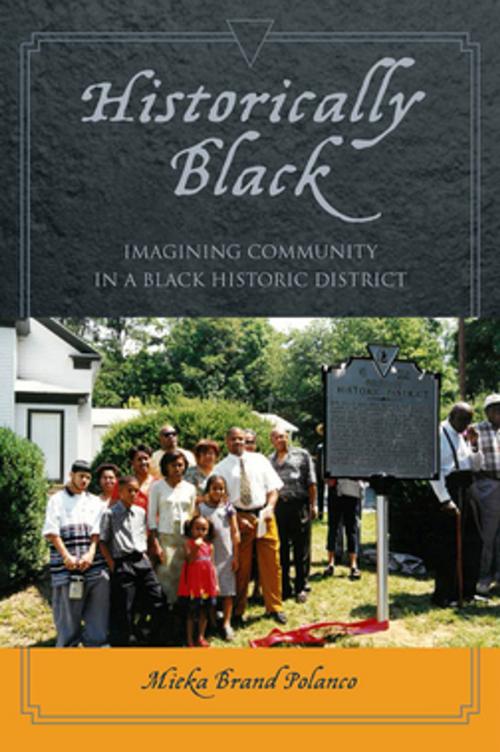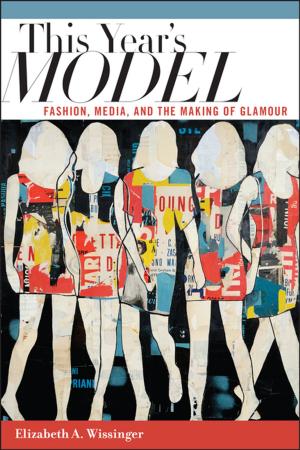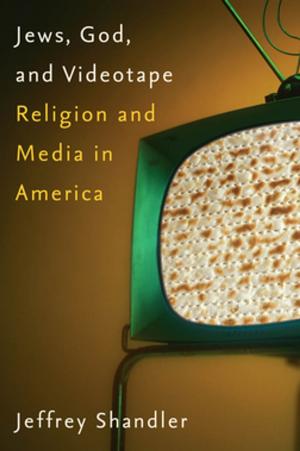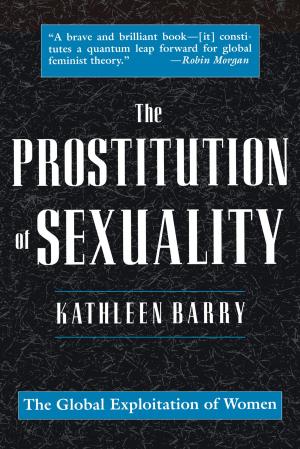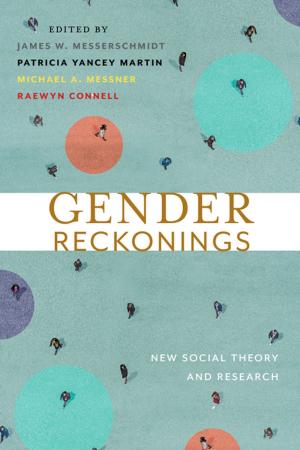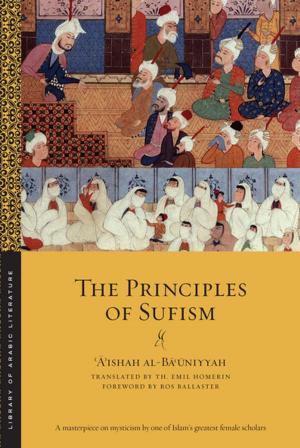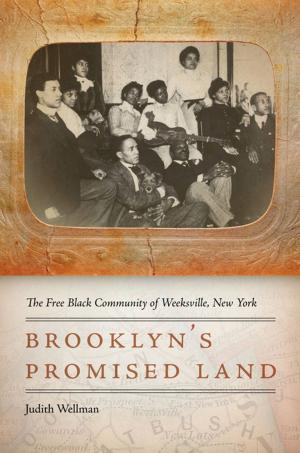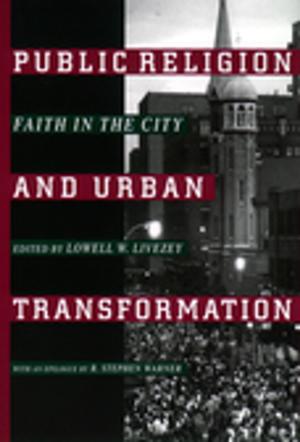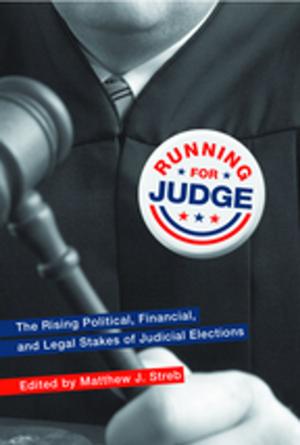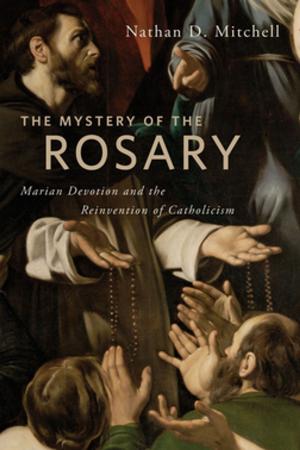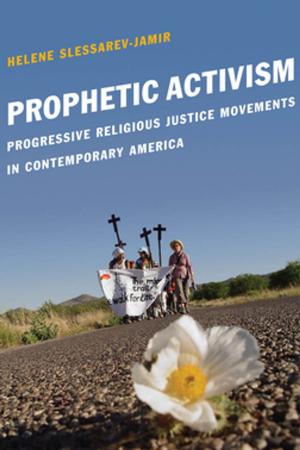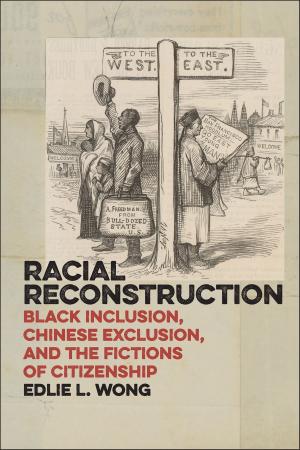Historically Black
Imagining Community in a Black Historic District
Nonfiction, Social & Cultural Studies, Social Science, Anthropology, Sociology| Author: | Mieka Brand Polanco | ISBN: | 9780814785928 |
| Publisher: | NYU Press | Publication: | July 4, 2014 |
| Imprint: | NYU Press | Language: | English |
| Author: | Mieka Brand Polanco |
| ISBN: | 9780814785928 |
| Publisher: | NYU Press |
| Publication: | July 4, 2014 |
| Imprint: | NYU Press |
| Language: | English |
In Historically
Black, Mieka Brand Polanco examines the concept of community in the United
States: how communities are experienced and understood, the complex
relationship between human beings and their social and physical landscapes—and
how the term “community” is sometimes conjured to feign a cohesiveness that
may not actually exist. Drawing on ethnographic and historical materials from
Union, Virginia, Historically Black offers a nuanced and sensitive portrait of a federally recognized Historic
District under the category “Ethnic Heritage—Black.”
Since Union has been home to a racially mixed
population since at least the late 19th century, calling it “historically
black” poses some curious existential questions to the black residents who
currently live there. Union’s identity as a “historically black community”
encourages a perception of the town as a monochromatic and monohistoric
landscape, effectively erasing both old-timer white residents and newcomer
black residents while allowing newer white residents to take
on a proud role as preservers of history.
Gestures to “community” gloss an oversimplified
perspective of race, history and space that conceals much of the richness (and
contention) of lived reality in Union, as well as in the larger United States.
They allow Americans to avoid important conversations about the complex and
unfolding nature by which groups of people
and social/physical landscapes are conceptualized as a single unified whole. This multi-layered, multi-textured
ethnography explores a key concept, inviting public conversation about the
dynamic ways in which race, space, and history inform our experiences and
understanding of community.
In Historically
Black, Mieka Brand Polanco examines the concept of community in the United
States: how communities are experienced and understood, the complex
relationship between human beings and their social and physical landscapes—and
how the term “community” is sometimes conjured to feign a cohesiveness that
may not actually exist. Drawing on ethnographic and historical materials from
Union, Virginia, Historically Black offers a nuanced and sensitive portrait of a federally recognized Historic
District under the category “Ethnic Heritage—Black.”
Since Union has been home to a racially mixed
population since at least the late 19th century, calling it “historically
black” poses some curious existential questions to the black residents who
currently live there. Union’s identity as a “historically black community”
encourages a perception of the town as a monochromatic and monohistoric
landscape, effectively erasing both old-timer white residents and newcomer
black residents while allowing newer white residents to take
on a proud role as preservers of history.
Gestures to “community” gloss an oversimplified
perspective of race, history and space that conceals much of the richness (and
contention) of lived reality in Union, as well as in the larger United States.
They allow Americans to avoid important conversations about the complex and
unfolding nature by which groups of people
and social/physical landscapes are conceptualized as a single unified whole. This multi-layered, multi-textured
ethnography explores a key concept, inviting public conversation about the
dynamic ways in which race, space, and history inform our experiences and
understanding of community.
